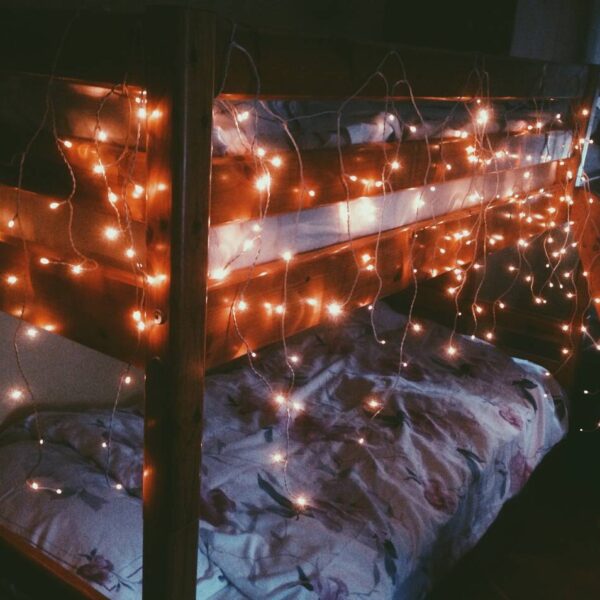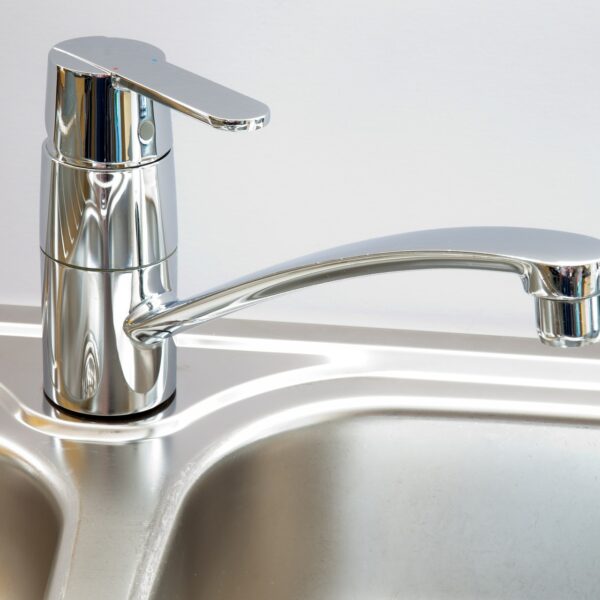If you’re helping elderly relatives move into a new home appropriate to their age, and maybe closer to your own home, it’s the best time to make some small additions in preparation for their new space. Making a home safe and comfortable for elderly people is relatively cheap and easy, and simply takes some forethought as to what issues they may face as they become increasingly frail. This article guides you through the process, highlighting areas where a small addition might be perfect for convenience, comfort, and practicality.
Bathroom
In order to maintain the hygiene and cleanliness of an elderly person, it’s imperative that they’re able to visit and use the bathroom easily. Walk-in showers and bath aids are excellent additions to a home and can be installed over a weekend. If the person you’re preparing a home for would prefer, you can purchase commodes for the bedroom or living room, either in the form of a commode toilet or a commode chair, to help them relieve themselves with ease. A bedside commode is especially useful for middle-of-the-night calls of nature when a fall is more likely. You should never overlook the best comfort height toilet for elderly either.
Corridors
Handrails and other items to balance upon are easy to fit onto the walls of corridors and provide important assistance for elderly people. They massively reduce the risks of a painful fall and help them navigate their home without having to use a walking stick or Zimmer frame. Place these especially in the commonly-trod areas of a home, like the entrance hall and kitchen, in order to help curate a safe space for aged relatives to move around in. It grants them freedom and independence while adding an important degree of safety to a home. You may also want to get an indoor lift installed by Thyssenkrupp.
Alarms
Especially important for single elderly relatives living alone, a house-wide alarm system will grant everyone in the family extra peace of mind when it comes to knowing that the aged individual is safe and secure in their home. Alarm-pulls dotted around a house can be used in the event of a break-in, or in the event of sudden illness or a fall that otherwise might go unnoticed by care workers or the family until it is too late. These systems can be costly to install: a personal alarm system, work around the neck, is preferred by some families.
Furniture
It’s worth checking the entirety of an elderly person’s home to anticipate what items of furniture might become a problem moving into the future. Low coffee tables and out-jutting surfaces might be painfully knocked into, and weak chairs, or chairs on wheels, can cause problems when used daily. A crumpled rug or loose doormat can also become a trip hazard over time, and floor-standing lights with trailing wires are similarly dangerous to elderly people, where a trip can cause serious discomfort and pain. Make sure that everything’s as safe and secure as possible before the elderly inhabitant moves in.
These tips should help you resolve any worries you have about the new place that your elderly relatives are moving into.




Like this article? Share with your friends!